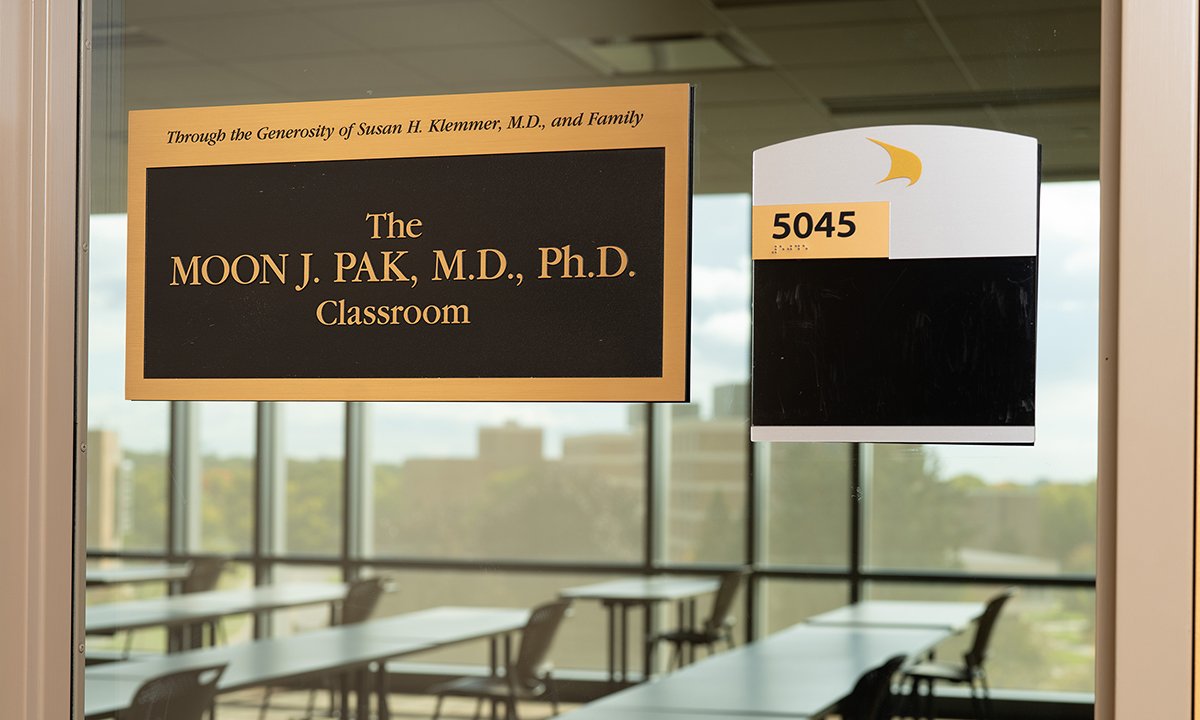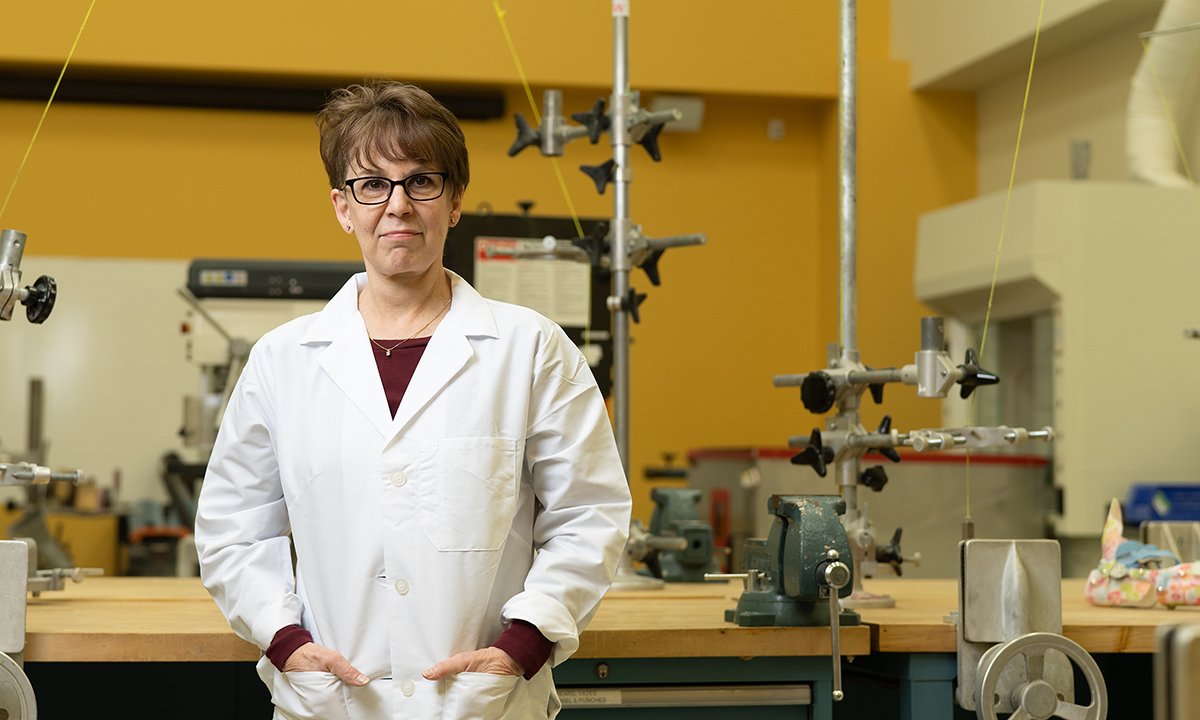Physical Therapy Acute Care Simulation
New acute care simulation experience for DPT students at Oakland increases student success
Dr. Sara Arena, the new Director of Physical Therapy, has already started to work with faculty to innovate the program through the Physical Therapy Acute Care Simulation Development Project.
The Commission on Accreditation for Physical Therapy Education requires Doctor of Physical Therapy (DPT) students to have experience in the acute care/inpatient practice setting. Student access to these settings was already limited due to the changing healthcare environment, and this existing problem was exacerbated by the pandemic because of the associated risk to students and the already strained healthcare workforce. Oakland University Physical Therapy faculty proactively looked for a solution to this problem, resulting in the DPT Acute Care Simulations.
Drs. Sara Arena, Lori Boright, Jacqueline Scully, Kris Thompson and Chris Wilson assembled a team of eight graduate assistants and three clinical partners who researched, designed, implemented and evaluated the acute care simulation experience. These simulations are integrated into the existing Physical Therapy Simulation and Community Engagement Laboratory in OU’s Human Health Building.
 |
The content of the acute care simulations is primarily hospital-based and includes eight realistic, accurate and evidence-based patient case scenarios with associated experiential learning activities, including complex electronic medical records, evaluation and treatment visits, discharge planning, line management and safety considerations. Students also receive evidence-based resources to reference during their clinical education experience. The variety of case scenarios and learning activities aim to deliver a comprehensive simulated physical therapy encounter and offer a flexible learning framework. Additionally, while simulations are prominent in other areas of healthcare, such as nursing, DPT students' needs are different - therefore, the life-size mannequins used in the Acute Care Simulations are fully moveable, allowing students to practice activities such as joint manipulation and transferring a patient from a hospital bed to a chair, for example, on a simulated patient who is unable to assist with the intended movement.
The simulation experience lessens the burden on acute care site coordinators and clinical instructors by pre-training students and providing additional experience. Dr. Arena identifies that students' “readiness improved across all the different domains.”
Evaluations from third-year DPT students who are now in their clinical rotations were very positive. “The acute care simulation was the perfect bridge between building a skillset in the classroom and utilizing it,” says Caitlin Kovary. “On the first day of my clinical, I was very relieved to realize just how similar the acute care simulation was. I felt more confident and better prepared for my acute care clinical rotation.”
 |
John Staeb also expressed a better understanding of what to expect in the acute care setting versus a typical outpatient setting. “It helped me with having a better idea of what sort of things to review prior to beginning my acute care clinical,” Staeb explains. “This experience helped me increase the rate at which I felt comfortable and confident working with patients in the medical ICU.”
Brant Cassidy, who not only participated in the simulation experience but was also a graduate assistant who worked on the project, highly recommends the simulation to future PT students. “The acute care simulation was a great jumping off point for my acute care clinical,” explains Cassidy. “It gives you some insight on how a hospital setting works. You can hear and learn about this type of setting, however, you don’t fully understand it until you actually experience it first-hand.”
 |
Since the additional hands-on experience is greatly beneficial to students, PT faculty are now exploring how simulations can be incorporated into different aspects of the DPT curriculum.
Dr. Arena’s experience as an acute care physical therapist prior to joining Oakland University as a full-time faculty member helped develop her visions and ideas for the project with her colleagues. As the new Director of the Physical Therapy program, she is passionate about ensuring that OU’s DPT students receive exemplary acute care knowledge and understanding. “That’s what makes Oakland unique,” states Dr. Arena. “We’re not looking to just graduate people who can pass an exam - we are graduating people who can work with people, who can work with communities and can get their hands on people and are very competent in their ability.” Overall, it is anticipated that the project will continue to result in greater student success now and in the future which will further enhance the already outstanding Oakland University Physical Therapy program.
To learn more about the DPT program, visit Oakland's Physical Therapy website.

 March 01, 2023
March 01, 2023
 By Jillian Wolf
By Jillian Wolf



